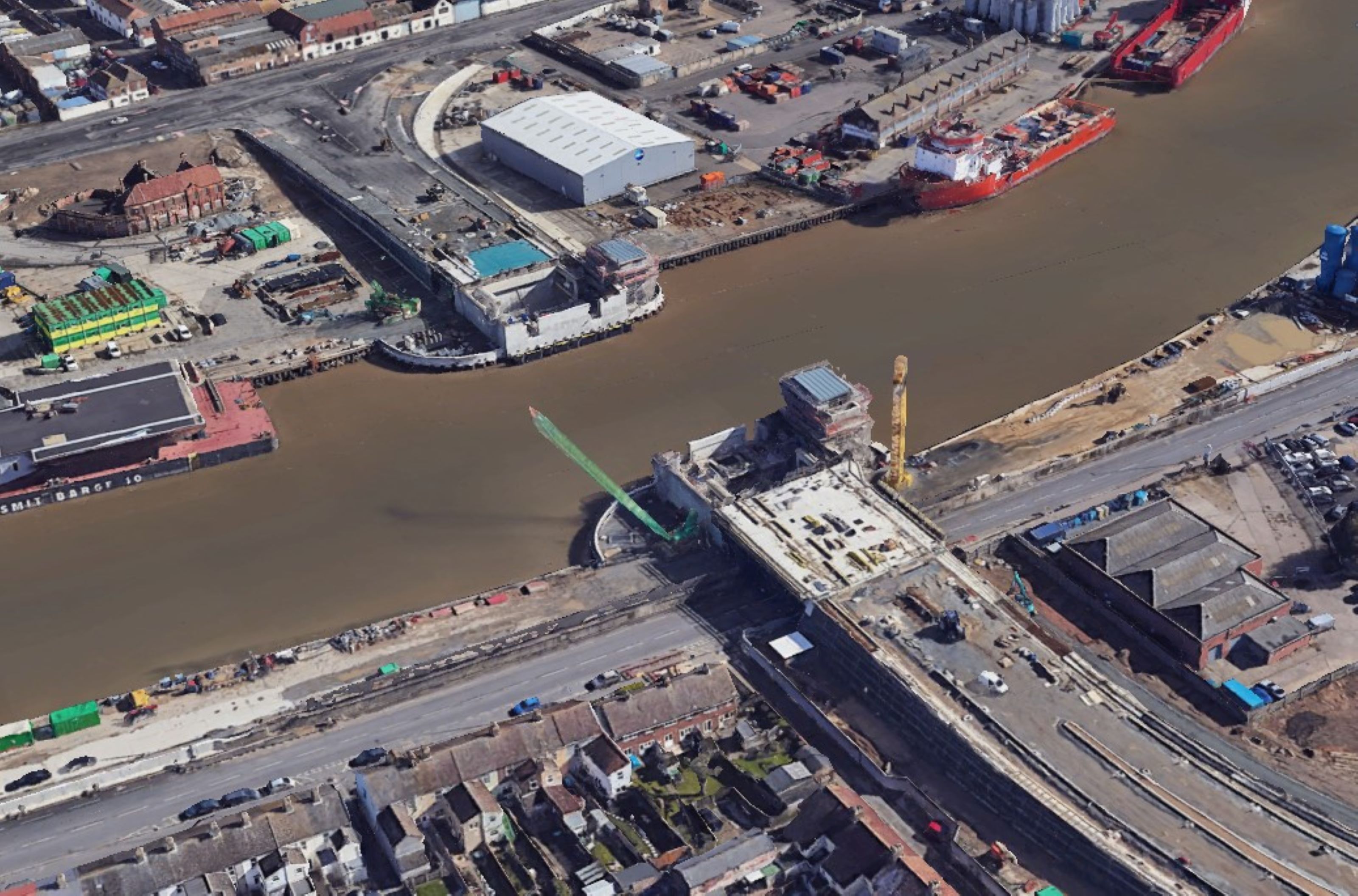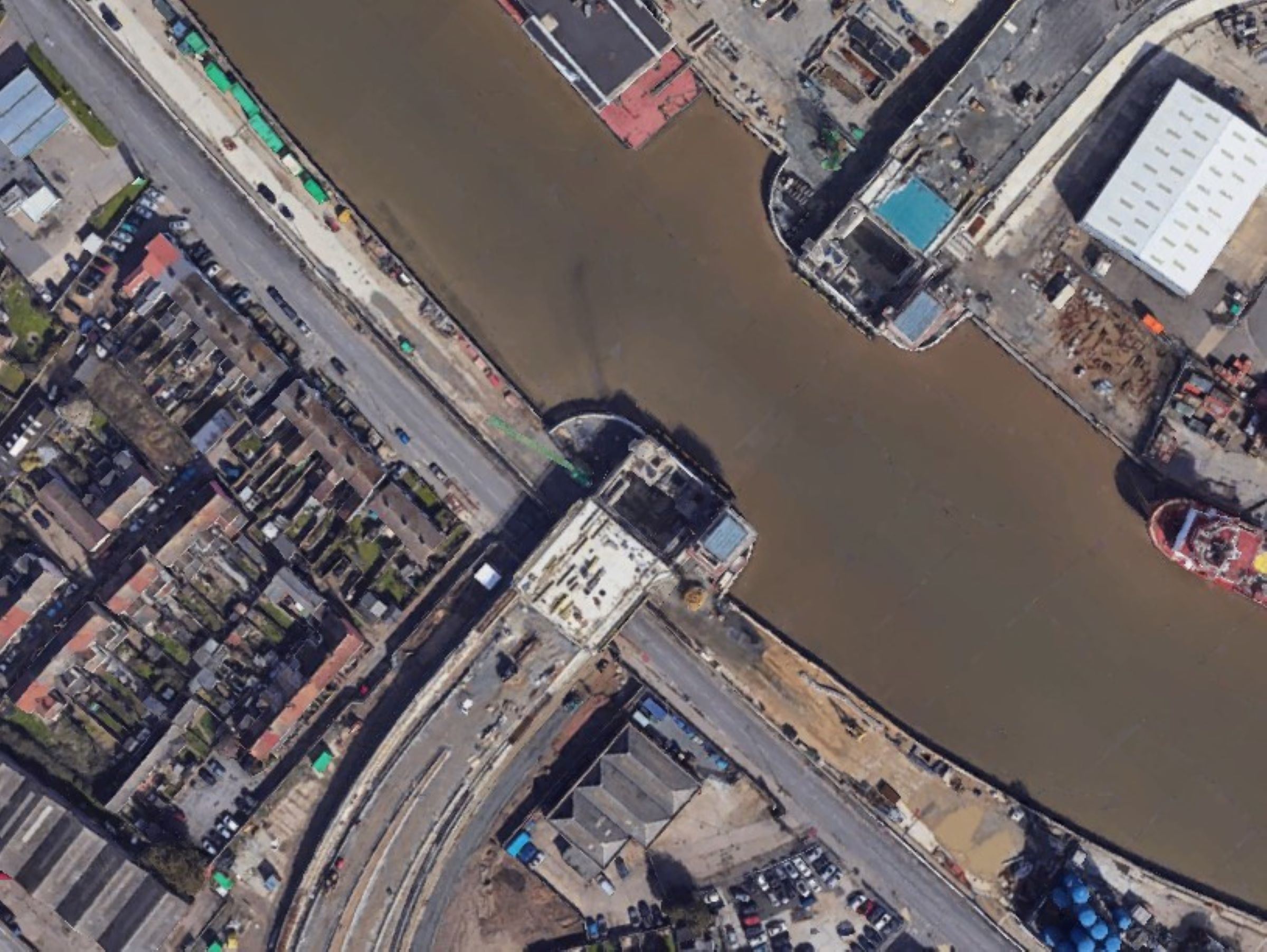Homeowners in Norfolk threaten to sue council over new bridge after homes flood
The Herring Bridge over the River Yare has been blamed for flooding properties in Norfolk, with locals saying they are preparing a class action law suit against the council

The Herring Bridge has been blamed by some residents for the extensive flooding some have suffered in Norfolk.
The bridge, which was officially opened November 27, was built over the River Yare to ease traffic congestion and was only opened on the November 27, but locals have blamed it and its construction for the floods in the surrounding areas, which has made surface water drainage impossible.
A claim has been made by one local that they and many others will now pursue legal action for "damages" against Norfolk County Council who they claim built the bridge on the cheap.
What are the Norfolk Broads floods?
The Environment Agency put out two flood warnings in the last two weeks, the last being on the 27th of November, due to rising water levels and heavy rainfall.
The flooding was said to have occurred as a result of a natural tide-locking effect, where tidal waters advancing up the rivers from Great Yarmouth impede the drainage systems of the Broads out to sea.
Elevated river levels caused were reported to have been caused by over 11 inches of rain as well as spring tides that resulted in extensive flooding in various villages such as Horning, Surlingham, and Geldeston, with some homes being left underwater.
How is it claimed the bridge is causing the floods?
A post shared by Luke Martin (@lukemartinphotography)
A photo posted by on
Locals have claimed that the newly built Herring Bridge is causing the floods as it has reduced the width of the river.
Get the Homebuilding & Renovating Newsletter
Bring your dream home to life with expert advice, how to guides and design inspiration. Sign up for our newsletter and get two free tickets to a Homebuilding & Renovating Show near you.
Some residents affected by the floods have claimed the abutments (bridge ends on both sides of the river) have reduced the width of the river from around 290ft to 180ft and has meant the speed that the water can flow has been reduced.
Additionally, it is claimed silt (bits clay and sand) has built up at the bottom of the river, which is said to be from construction sites that were used to build the bridge and this has further contributed to the rising water levels.
Indeed, the council's own Planning Inspectorate documents revealed issues were raised about the narrowing of the river due to the bridge.
The Royal Yachting Association (RYA) and Michael Boon (chief executive of the Great Yarmouth Port Authority) argued that any structure built into the waterway would restrict natural water flow rate and create a ‘necking’ affect.
They added: "It is calculated that the Scheme would result in a 36% narrowing of the river which would have a knock-on effect for Broads basin being able to empty into the North Sea."
Steve Burgess, a Horning parish councillor, said the prospect of Herring Bridge contributing to floods "has been questioned several times at meetings I've been to... but it hasn't been looked into".
Local threatens 'class action' legal claim against council

One local is claiming they and many other local are "already looking at a class action in damages against the council" due to the impact the floods have had on them.
They claim that the floods have not been this bad since 2013 and stated: "This is not now tide-locking in my view. It is a man-made restriction to the river flow, so even when we are not tide-locked, not enough water can get out to sea to provide a meaningful reduction to flood water.
"That means that in mid-October and again in mid-November, even with a series of low ocean levels at both tides and little or no rain to add to the surface run-off, the flooding never receded completely in several weeks."
They source the floods back to 2021 when construction on the bridge began and that the bridge being built on the cheap is the reason they will be suing the council as they added: "This will be a massive claim and all that was needed to avoid it was for the bridge to be built to span the river properly, rather than narrow the river to build a much cheaper bridge."
Council claims 'any and all flood risks' were looked at
Norfolk County Council have said all Building Regulations were carried out and "any and all flood risks to the broads" were accounted for during the design process of Herring Bridge.
A statement from Cllr Graham Plant, Norfolk County Council's cabinet member for highways, infrastructure and transport, said "any potential impact from the bridge was negligible" and there were "no objections" raised by the Environment Agency or the Broads Authority as well as no evidence floods risk would be increased.
He claimed there were "two main reasons why some communities in the Broads are currently seeing higher water levels for far longer than usual after recent flooding incidents", which were "the extensive rainfall from a series of storms" and a "sequence of high tides which has had a tide locking effect on the main rivers".
Cllr Plant added: "I understand it could take another two to three weeks for rivers to recover to normal levels - unless additional rainfall combines with tidal patterns to prolong things further but this cannot and should not be attributed to the new bridge."
The council added it "strongly refutes the claims being made and is not aware of any pending legal action".

News Editor Joseph has previously written for Today’s Media and Chambers & Partners, focusing on news for conveyancers and industry professionals. Joseph has just started his own self build project, building his own home on his family’s farm with planning permission for a timber frame, three-bedroom house in a one-acre field. The foundation work has already begun and he hopes to have the home built in the next year. Prior to this he renovated his family's home as well as doing several DIY projects, including installing a shower, building sheds, and livestock fences and shelters for the farm’s animals. Outside of homebuilding, Joseph loves rugby and has written for Rugby World, the world’s largest rugby magazine.
